There are approximately 36.7 million people living with HIV worldwide, including 1.1 million in the US. Here's what you need to know.

You’ve probably heard about HIV or learned about it in sex ed class, but how much do you know about the current epidemic? Yes, there have been tremendous successes in treatment, research, and health outcomes for people since HIV/AIDS was first discovered in the 1980s. However, HIV/AIDS is still a real public health problem in the US and all over the world today.
So we spoke to four different HIV/AIDS experts to find out what they REALLY want people to know: Dr. Anthony Fauci, director of the National Institute of Allergy and Infectious Diseases (NIAID); Rowena Johnston, PhD, vice president and director of research at amfAR; Dr. Stacey Rizza, chair of HIV clinic at the Mayo Clinic; and Dr. Diane Havlir, chief of the HIV, Infectious Diseases and Global Medicine Division at University of California San Francisco.
1. HIV/AIDS is still an epidemic — both in the US and globally.
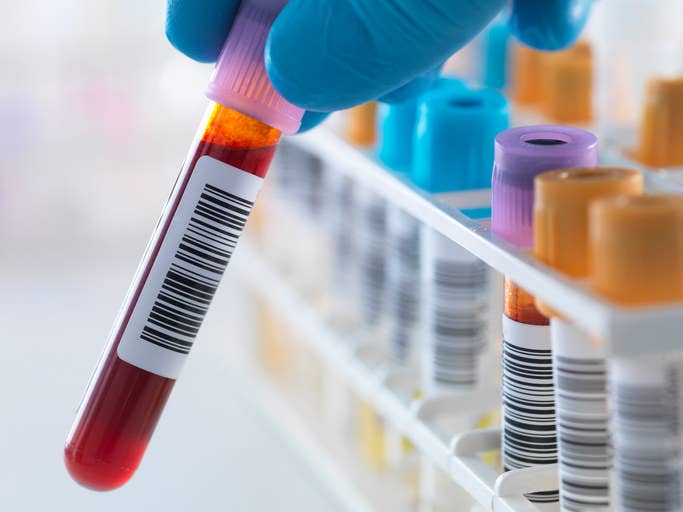
HIV (human immunodeficiency virus) attacks the body's immune system by destroying infection-fighting white blood cells. Over time, HIV can destroy so many of these CD4+ cells, or T cells, that the body can't fight off infections and disease. The final stage of HIV is acquired immunodeficiency syndrome (AIDS). HIV is spread through certain bodily fluids, often through sex with an infected person, but also by sharing needles and from a pregnant mother to her child.
One of the most common misconceptions experts have to fight against is the idea that HIV/AIDS was only a problem in the 1980s and 1990s, and it's no longer a big deal. That is NOT true. "People think that because of the rather breathtaking advances in science and implementation in HIV treatment, HIV is a thing of the past — but the truth is, it's still a major problem and we haven't solved it yet," Fauci told BuzzFeed Health.
It’s important for people to understand this so they know why research and new treatments are necessary. "The HIV epidemic remains a huge active problem in our country and around the world, yet it has fallen off the radar screen. Why is this important? Silence makes people think HIV is no longer a problem and makes health systems and funders think support is less important," Havlir told BuzzFeed Health in an email.
"Now is not the time to move on and stop allocating funding and research to HIV — we still have serious challenges to overcome," Fauci says.
2. There are still around 40,000 new infections each year in the US, and diagnoses are increasing for new groups.

The number of new HIV infections in the US has decreased slightly in recent years, about 10% from 2010 (41,900) to 2014 (37,600), according to the Centers for Disease Control and Prevention (CDC). However, experts warn that the progress has not been consistent and diagnoses are increasing among certain groups.
"As a whole, men who have sex with men (MSM) — particularly those who are African-American — still make up the majority of new infections, but we are now seeing a sharp increase in diagnoses among MSM who are Hispanic/Latino and also increases among African-American women and populations in the Southeast," Rizza told BuzzFeed Health. What has decreased is the number of new infections from intravenous drug use, the experts say, largely thanks to clean needle sharing programs.
"The issue is that we still have this many new infections each year despite millions of dollars of public health spending and research and education," Rizza says. The experts point to stigmatization, barriers to care, and a lack of education and awareness, especially among young people. "I think a lot of younger people just don't believe it’ll happen to them, so they don't always practice safe sex or get tested," Rizza says.
3. About 15% of people living with HIV in the US don't know they're infected.
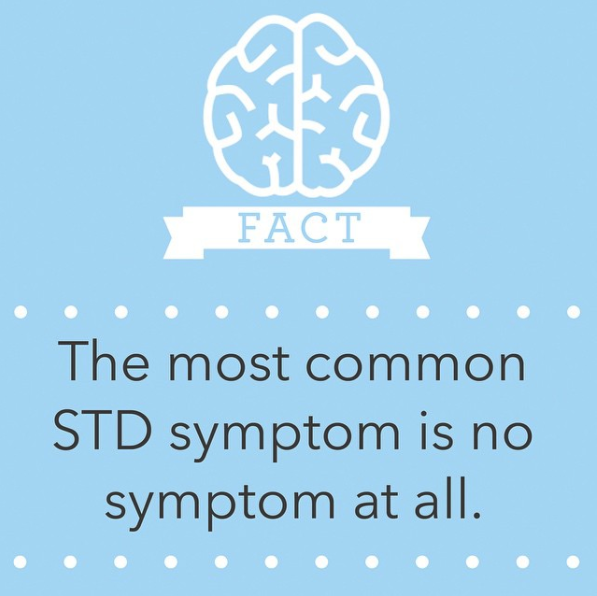
According to the CDC, an estimated 1.1 million people in the United States were living with HIV at the end of 2014. Out of those people, 15%, or 1 in 7, did not know they were infected — and 30% of new HIV infections are transmitted by people who are living with undiagnosed HIV.
There are a number of reasons why people go undetected, the experts say. "First, people just don't know they are at risk or don't think it'll happen to them, so they don't get screened. And if they do think they might have HIV, they may be too afraid to find out their status," Rizza says. Fear of discrimination and stigma hinder testing for many people. But the number of undiagnosed HIV cases also reflects a problem among providers. "Many clinicians are bad at doing universal screenings — or they have a misconception about who should be tested and how often, so they misjudge which patients need routine screenings," Rizza says.
When it comes to STIs, not knowing your status can both jeopardize your health and the health of all your partners. "Don't wait — there is so much benefit from knowing your status — you can protect yourself from AIDS and you can protect other people from HIV," Johnston tells BuzzFeed Health.
4. Men who have sex with men are most affected by HIV in the US, but globally, more women are infected with HIV.
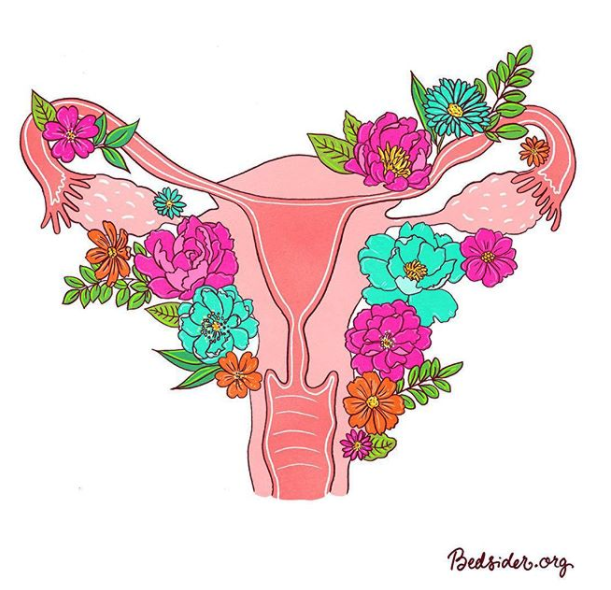
According to the United Nations Joint Programme on HIV/AIDS, women represent over half (52%) of all adults living with HIV worldwide, and HIV is the leading cause of death among women of reproductive age. "Men who have sex with men are at the highest risk in the US, but globally, it is transmitted heterosexually," Fauci says.
Like men, women can transmit HIV to their sex and needle-sharing partners. But women can also transmit the virus to their child while pregnant, giving birth, or breastfeeding. Fortunately, early detection and treatment can prevent transmission from mother to child and improve health outcomes. So the CDC recommends that all pregnant women get tested for HIV as early as possible.
5. The right treatment can allow HIV-positive people to live close to a normal lifespan.
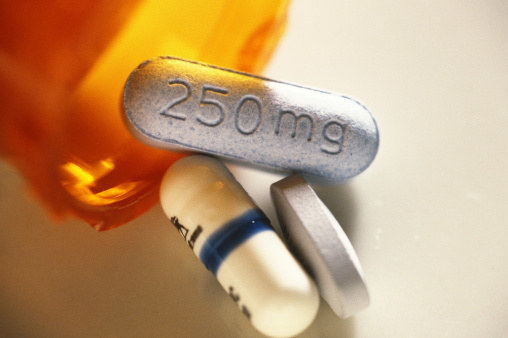
"The HIV epidemic is one of the worst plagues in history — but the response has been one of the most successful in history. AIDS was once a uniformly fatal disease and now is a treatable chronic disease, often requiring only 1 pill a day," Havlir says.
"Antiretroviral therapy (ART) works by reducing the amount of virus (or viral load) in your body, so people with HIV can live healthier lives and have a lower risk of transmitting the virus to others," says Johnston. It usually consists of a combination of three medications, taken daily, but for some, it's only one pill a day. People with HIV are still at higher risk for things like stroke and heart disease, Johnston says, but treatment will keep the virus under control.
"These lifesaving drugs, if taken appropriately and properly, can allow someone with HIV to lead a little shy of a normal lifespan — whereas before, in the 1980s, the median for survival was about a year," Fauci tells BuzzFeed Health. These drugs can also allow a woman who is HIV-positive to carry and deliver a child without infecting them with HIV. That said, not everyone who has HIV actually starts ART and sticks to a treatment regimen, Rizza says, because of barriers to care or noncompliance.
6. Anyone can get infected with HIV — regardless of race, sexual orientation, gender, socioeconomic status, or age.
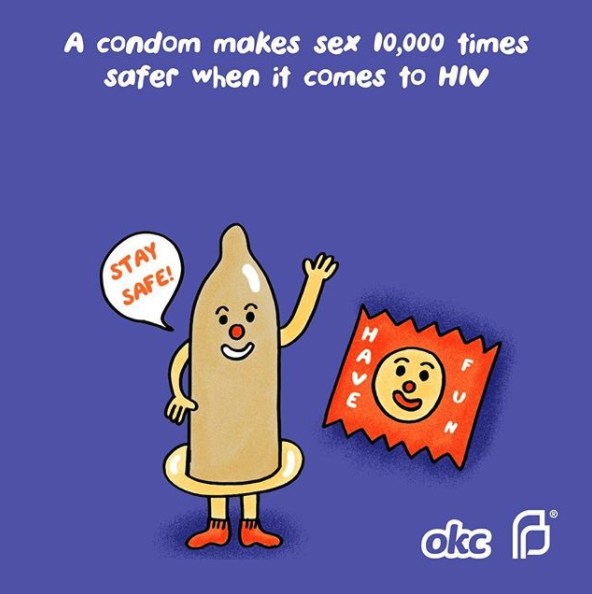
Although some groups are disproportionately affected by HIV, this does not mean that the virus can’t infect people in any other group. "People need to understand that HIV is a common infection and it affects every socioeconomic group, profession, ethnicity, sexual orientation, etc — and there shouldn't be any judgment associated with people who have it," Rizza says.
The fact that many believe that only people of a certain demographic are at risk is another reason why cases go undetected and untreated, Rizza says. It's always important to practice safe sex and use condoms to protect yourself against HIV and other sexually transmitted infections.
7. Not everyone with HIV will go on to develop AIDS.

AIDS is the final, and most severe, phase of HIV infection. People with AIDS develop an increasing number of opportunistic infections, or certain illnesses and cancers that happen in people with weak immune systems. According to the CDC, once someone has AIDS they typically survive about three years.
"If you detect HIV early enough and you go on a therapy that works and stay on it, you will most likely not get AIDS," Fauci. Early treatment is key, because the time window between when someone is infected with HIV and when it turns into AIDS can vary greatly. "For some people it only takes two years and for others it can take 20 years — it really depends on the person," Fauci says. The earlier you get treated for HIV, the better chance you have at living a healthy life. If left untreated, HIV will turn into AIDS, and ultimately lead to death.
8. Treatment can reduce the amount of HIV in the blood to the point where it isn't detected by standard testing — which is called "being undetectable."

ART reduces the viral load, or the amount of the virus in the blood and bodily fluids. Through proper treatment, the viral load is reduced to the point where it can’t be detected by standard testing measures, Fauci says. But once the virus is undetectable, you still have to continue with treatment and get tested regularly to make sure your viral load stays low. And it definitely doesn't mean you are cured. "Even when you are undetectable, there is still a latent 'reservoir' of the virus in their body, hiding in your immune cells and tissues, that we don't know how to get rid of," says Rizza.
However, it isn't always easy to become and stay undetectable. "Only about 25% of people with HIV in the US have reached this stage — we need to do a better job of making sure people get on the right drug therapy and take it consistently," Johnston says. It's especially difficult for people living in poverty, who face additional stigmas and barriers to care.
9. If someone has an undetectable viral load, they cannot pass HIV during sex.

Recently, the CDC announced that a person living with HIV who has reached undetectable status cannot transmit the virus to their sexual partners. "If you are on proper antiretroviral therapy and you are truly undetectable, you will not transmit the virus to your sexual partner because — the risk is so low it's immeasurable," Fauci says. The fact has inspired a major prevention campaign, U=U, which stands for "undetectable = untransmittable."
This is why treatment is so important, because it protects both the person with HIV and their partners. However, HIV-positive individuals who are undetectable should still use condoms to protect against other sexually transmitted infections and/or pregnancy, and their partners should get routinely screened for HIV.
10. So if you treat HIV, it not only saves your life but it also protects others.
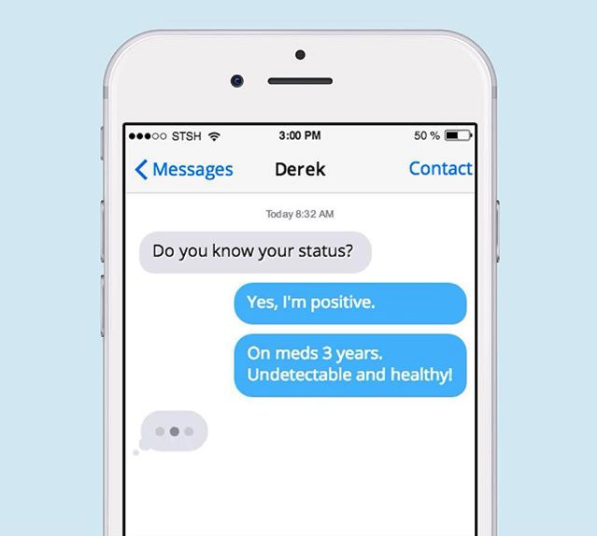
"Treatment is prevention — meaning, if someone has HIV and they’re on therapy until they are undetectable then the risk of transmitting the virus sexually or through their blood is almost zero," Rizza says. So if you get on therapy, you not only save your own life but you protect all the other people you have sexual relationships with, which is another incentive to getting tested and treated.
"Think about it this way: If every single person who had HIV got diagnosed and treated properly, to the point where everyone is undetectable, then the generation would be completely HIV-free," Rizza says.
11. The medication PrEP reduces the risk of getting HIV from sex by more than 90%.
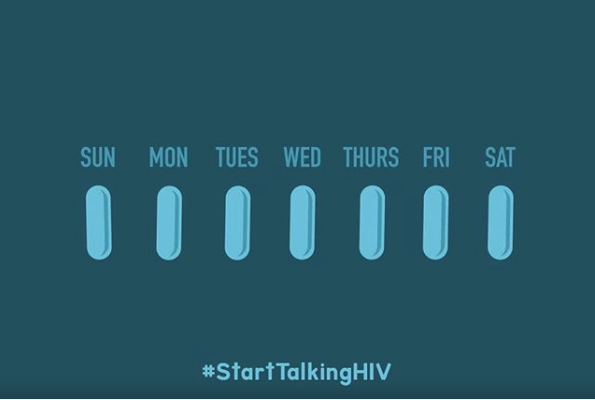
Pre-exposure prophylaxis (PrEP) is when people who are at high risk for HIV take HIV medicines daily to lower their chances of getting infected or to stop HIV from spreading in the body. "There's a misconception that PrEP isn't effective — but that's not true. It's not effective if you don't take it correctly. But if you do take it properly and as prescribed, you will dramatically reduce your risk of HIV infection, often by about 95%," Fauci says.
So if you are at risk, you should talk to your doctor about whether PrEP is right for you. "The data on PrEP for men is stronger but PrEP can be used by women as well" Fauci says. The risk of getting HIV from sex is even lower if you combine PrEP with condoms. "Of course, it isn't 100% effective and some people who have taken it correctly have acquired HIV infections, but that doesn't mean it isn't a very effective option to protect yourself," Johnston says.
12. Currently, there is no cure or vaccine for HIV/AIDS — but the research is promising.
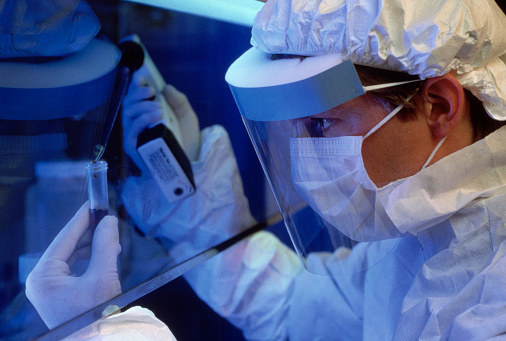
There no cure that we can routinely give to people, Johnston says, but there has been one man, "The Berlin Patient," who was cured of HIV. "He had both HIV and leukemia and underwent a bone marrow transplant for the cancer which ended up clearing HIV from his body because his donor had a certain genetic mutation," Johnston says. Obviously, this was a unique situation and it can't be replicated, Johnston says, "but it was very promising because it showed the world that yes, it is possible to cure this virus."
Right now, some of the cure research is focusing on how to eliminate the latent HIV "reservoir," or the cells that are still infected with HIV but are not actively producing new viruses (these cells still exist in undetectable people). "If we can find a way to eliminate the reservoir, possibly by reactivating the virus so it comes out of ‘hiding’ and we can kill it, then we could possibly cure HIV — but the reservoir is hard to touch, so we still have a lot of work to do," Rizza says.
There is no vaccine to prevent or treat HIV/AIDS either, but researchers have been working on developing one since 1987 and they aren't stopping anytime soon. "I am optimistic — there is such an explosion of information and understanding of HIV and we have such dedicated communities that I really think we're going to make incredible strides in the next five, ten years," Johnston says.
13. Everyone who's at risk should get routine HIV tests.

Everyone should get tested for HIV as a part of their routine health care, the experts say, but some groups will need to get more frequent screenings than others. The current guidelines from the US Preventive Services Task Force (USPSTF) recommends that doctors routinely screen teens and adults aged 15 to 65 years, pregnant woman, and people of any age who are at higher risk.
"If you are in a category that puts you at high risk for HIV or you are practicing risky behaviors, you might need to get tested every 3 or 6 months to a year," Fauci says. Risk factors for HIV include having sex with someone whose sexual history you don't know anything about, being a sex worker, having unprotected anal or vaginal sex with multiple partners, being diagnosed with another STI, and more. Always talk to your doctor about your HIV risk and screening needs.
"You may think you don't need to know your status or get tested because it couldn't happen to you but if you've ever had sex with anyone then yes, it could happen," Johnston. HIV testing is covered by insurance as a preventive health service under the Affordable Care Act, and if you don't have insurance there are many sites that offer free testing.
